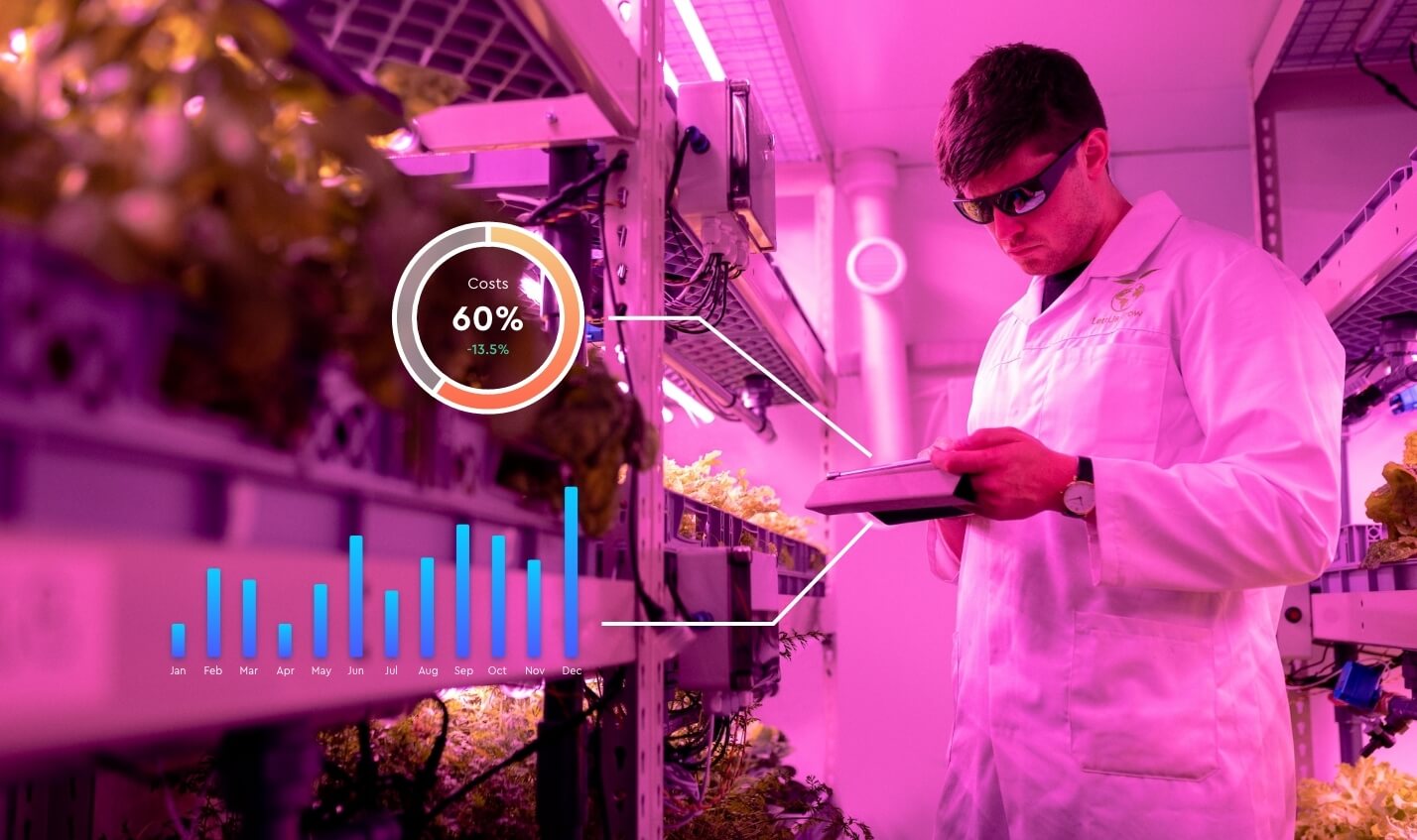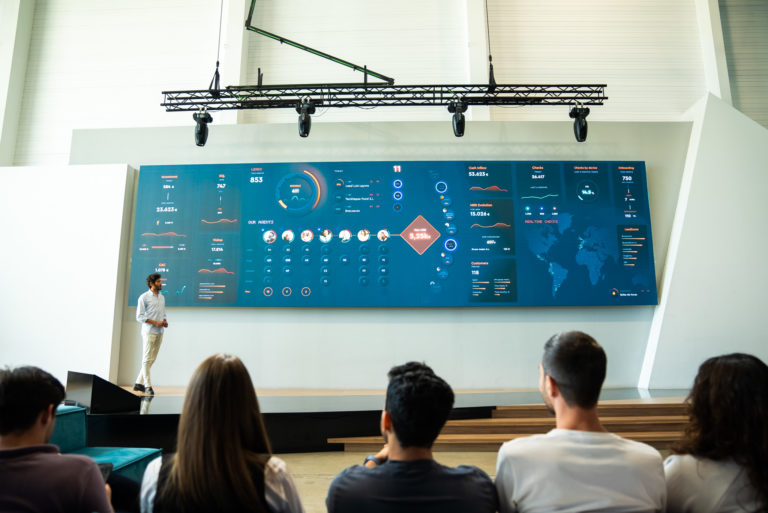What do we eat tomorrow?

In an era of change and transformation, one thing remains unchanged: the need to feed ourselves.
Every day, new proposals come to light in the agri-food industry.
Creative and technological solutions to contemporary challenges such as population growth and its impact on food security, the digitalization of society, the effects of climate change, the scarcity of natural resources, food waste and the environmental impact of food production.
The FOODTECH
Foodtech companies represent a miniscule part of the agri-food industry but have become the vanguard of the sector. Some of these start-ups are even listed on the Nasdaq index – the US technology stock exchange – such as Beyond Meat and its famous lab-grown veggie burger, which has been financed by celebrities such as Bill Gates, among others.
The potential of foodtech start-ups is also convincing market analysts. On platforms such as Research and Markets there are studies such as the Global Food Tech Market Analysis & Forecast 2016-2022 that give this sector a total value of more than 250 billion dollars in 2022 thanks, in part, to the popularization of e-commerce, the growth of the Internet and the penetration of smartphones.
Trends and examples of Foodtech
Faced with the food challenge, innovation and technology are at the service of creative solutions and innovative alternatives.
1. Personalized diets.
This $127 billion global market has successful initiatives in Japan, such as a program that uses AI, social networks and DNA to create menus tailored to each individual.
2. Vegetable proteins and synthetic meat.
The laboratory hamburgers are receiving good reviews and are causing a sensation among the general public. There are also prototypes of artificial meat steaks that could be commercialized in 2 or 3 years.
3. The snacking & upcycling.
Insects, algae or leftover salmon skin are ingredients that can already be found in the healthy snack category, whose international market could be worth $32 billion by 2025, according to Grand View Research.
4. Food traceability
Large supermarkets are starting to use blockchain technology to guarantee, for example, that their chicken meat comes from antibiotic-free poultry.
5. Supermarket and restaurant automation
Robotic waiters and cooks, remote-controlled delivery vehicles and drones that monitor shelves and inventory in real time, integrated with payment gateways and delivery logistics, are some of the innovations in retailing. E-commerce has taken a quantum leap in the last two years.
Innovation and data in foodtech
At the level of innovation within foodtech we find multiple and varied proposals; and it is worth mentioning that if they have something in common is that in the end they all generate super useful data for companies.
However, we must be able to interpret this information well, draw good conclusions and make objective and informed decisions. The lack of a clear innovation strategy is a very common problem among companies in different sectors.
Many companies face significant challenges in defining and executing a sound innovation strategy. This includes: identifying innovation opportunities, allocating resources and aligning innovation with business objectives. Effective collaboration between companies and, specifically, between corporates and digital service providers, technology partners that facilitate the application of tools in day-to-day management, is also critic
Data management in the foodtech industry
In addition to data collection, data analysis and visualization is critical to make informed decisions; as well as to measure the progress and performance of innovation initiatives.
It is a big challenge at the level of culture, business structure and investment but effective integration of digital tools is crucial. Companies need to foster a mindset of continuous improvement, flexibility and adaptation to change.



